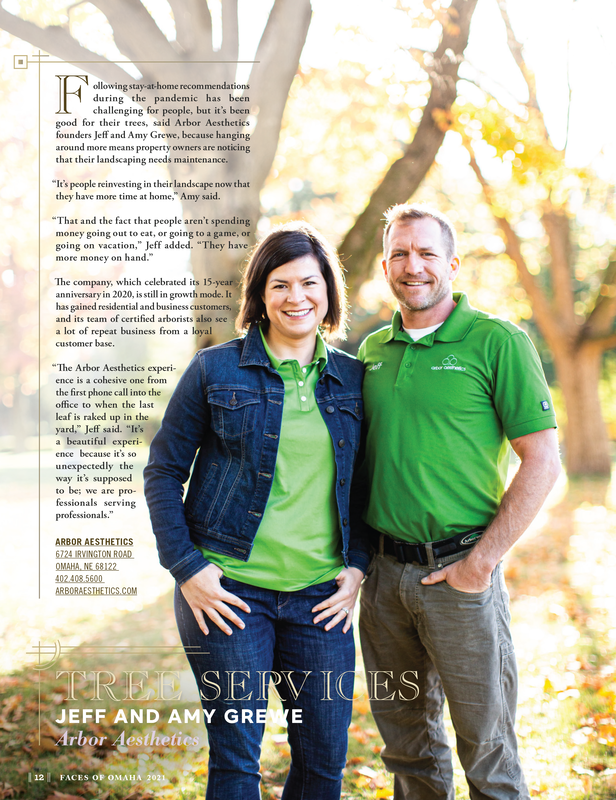Home » Tree Care (Page 2)
Category Archives: Tree Care
HELPING TREES IN THE SUMMER HEAT

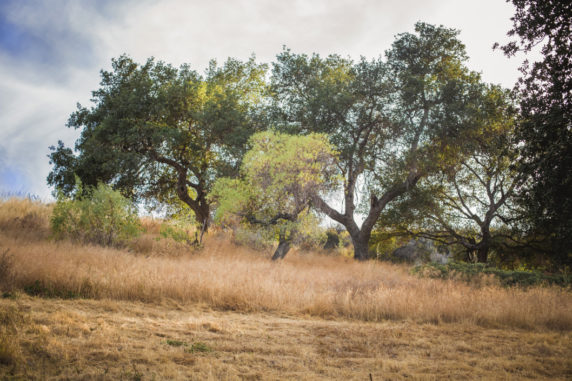
When the summer arrives in San Diego, some trees and plants may fare well, but others, unfortunately, succumb to the summer heat. While coastal San Diego communities have little to worry about with heat-related tree “fatalities,” inland neighborhoods such as El Cajon and Santee, typically have about four months of high temperatures in the 80’s, 90’s, and 100’s. Many people can shelter indoors to enjoy the cool AC or take a dip in the pool or beach — but what about the trees?
Trees and plants suffer in high temperatures for two short and simple main reasons:
- lack of water
- small root system
Which trees are most vulnerable in the summer?
NEW TRANSPLANTS. Trees that have just been planted into the ground have a smaller root system that is limited to the size of the container they came in. When you first plant a tree, you may notice…well nothing. No growth. Nothing during the first year. And nothing much in the second year. Nada! That is because the growing action is occurring underground with the roots. In order for the new tree to survive and thrive, its roots will need expand well beyond its current space. Roots are opportunistic and will grow where the nutrients and water are available. Please see the following section on how to properly water new trees.
POTTED TREES. The roots of these trees have the unfortunate disadvantage of not being able to travel past its borders. They’re stuck! So potted trees need extra love and care in the summer heat. Depending on the species, some trees need to be watered daily — sometimes even twice a day when the heat gets extreme. A general rule of thumb is to water when the first inch of soil is dry in the pot.
SICK OR INFESTED TREES. When a tree is inflicted with disease or pests, then high temperatures will just be added stress to an already struggling organism. Therefore, it’s important to make attempts to manage any tree infestation or infection before the summer heat arrives. If you suspect that your tree may be suffering from disease or pests, please contact LC Tree Service for information on our Tree Health Care treatments, so we can help you get your trees healthy again.
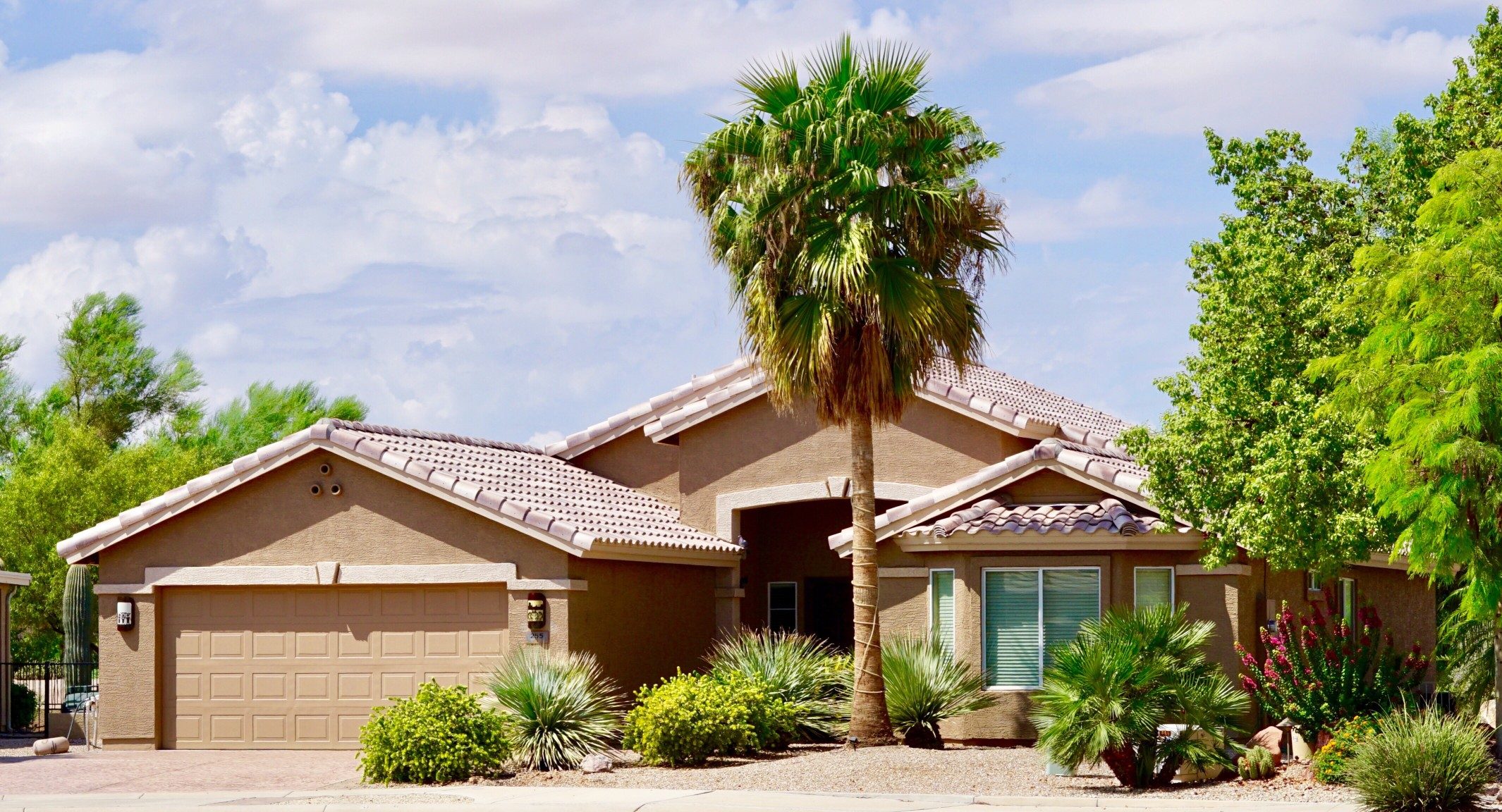
How can you help your trees in the heat?
PLANTING SEASON. First of all, if you are planting new trees onto your property, avoid doing so in the summer. The fall and the spring are the best times of the year to add any new additions to your landscape since they have less extreme temperatures. The ground also tends to be moister in the spring, thus aiding in root expansion. Remember, that roots will go where the nutrients and water supply are, so if a large expansion of the ground around the tree is damp, the roots will have an easier time growing outward.
WATER APPROPRIATELY. Make sure to provide plenty of water for your trees in high temperatures, especially new trees. You need to make sure that the roots do not dry out. The best time to water is in the morning to give the roots more time to soak up the water. As for the amount of water, there is a popular general rule-of-thumb among arborists of providing one gallon for every inch in trunk diameter in the tree’s drip zone. If you do the math, a 2-inch diameter tree will need 20 gallons of water. Yes, that’s a lot of water! At medium pressure, a hose will spray out roughly 10 gallons of water every five minutes. Therefore, to adequately water this tree, it would take 10 minutes! However, we have seen trees thrive without this amount of watering, and we recommend that you gauge how your tree is doing. If your tree appears to be suffering, then water more. But if it is green and healthy, then maintain your current watering amount and schedule. To keep it simple without having to do any trunk measurements and calculations — water deep. This is why slower is better. Rather than watering with a hose, we recommend setting up a drip line or soaker hose under the tree’s drip zone, which is the area under the tree’s canopy. This efficiently maximizes the amount of water that is soaked into the ground and made available for the roots. An excessive shower of water from a hose could just result in wasted runoff. Plus, who wants to hold a hose for an hour to water all of their trees?
Newly-planted trees should be watered daily for the first two weeks after being planted. Then 1-2 times a week for the next 10 weeks. It can take 2-3 growing seasons for a tree’s roots to expand outside of its “comfort zone,” so until then keep the water in fairly close proximity to the tree since the roots are clustered around its root ball. Mature trees only need to be watered twice a month, possibly more during extreme heat.
MULCH. Spreading mulch around trees can be very beneficial, especially for young trees. When a tree is well-mulched, the soil around the tree is slightly cooler in the summer. And since direct sunlight on the soil is prevented with a mulch cover, water retention is improved. When applying, overmulching is possible. A tree only needs about 2-3 inches of mulch. Anything more would absorb too much of the water that is meant for the tree and it could also choke the tree’s roots. However, a proper amount of mulch has many benefits including improving root growth, moderating soil temperature in the heat (as well as in the cold), increasing nutrient levels, and preventing soil compaction.
CAMBISTAT. Arborists nationwide have a brilliant trick up their sleeves. Its name — Cambistat. Primarily used as a growth regulator for mature trees and other plants, Cambistat can reduce tree growth by up to 70% over a 3-year timespan. It works by inhibiting the tree’s growth hormone called gibberellin. By doing so, the tree is able to focus its energy on other aspects, such as fine root growth, which aide the tree in water and nutrient absorption. Other effects include greener foliage, increased disease resistance, and greater heat and drought tolerance. While it seems counterintuitive to use a growth regulator on a young tree, as mentioned before, new transplants don’t grow much above ground anyways in the first couple of years so they can focus on root growth. So having Cambistat applied would only supercharge the much-needed root expansion.
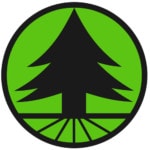
NEED HELP WITH YOUR TREES?
CONTACT LC TREE SERVICE TODAY FOR YOUR FREE ESTIMATE.
The post HELPING TREES IN THE SUMMER HEAT first appeared on San Diego Tree Trimmers – LC Tree Service.
SAN DIEGO’S MOST ANNOYING TREE
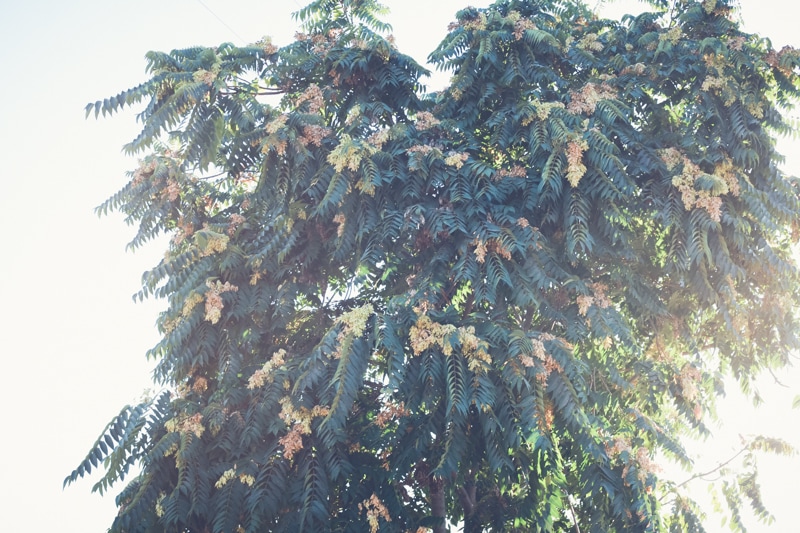


From the desert to the beaches, the mountains to the valleys, San Diego is a diverse city filled with a vast assortment of trees. With our sunny, mild climate, practically any tree can grow here with the proper care. In fact, most of the trees that you see aren’t even native to this region. All those palms — foreigners! Those eucalyptus trees that seem to be along every freeway and in every neighborhood — foreigners! Yes, only a few trees can actually call themselves true San Diego “locals.”
Some foreign trees making great additions to our San Diego terrain, but others are deemed invasive species that are detrimental to the native ecosystem or just plain annoying to people. What exactly is an invasive tree? Invasive plants are defined as “any indigenous or exotic plant species having a detrimental effect on the growth of commercial tree species, giving rise to particular management problems or growing where it is not wanted.” (Le Roux, 1981) So basically, it’s a foreign plant (which trees are considered to be plants) that people, as well as the natural indigenous ecosystem, have issues with.
Quite a few trees in San Diego are classified as invasive species, but some aren’t as bad as others. Many people wouldn’t even think about them being invasive, like the Canary Island date palm. This is a high-class invasive plant that is commonly added to landscape and can cost thousands of dollars. But some invasive trees aren’t as dignified as the date palm. In fact, there are areas of the world where they are strictly prohibited and required to be controlled or destroyed. So in our city, what unfortunate tree tops LC Tree Service’s list of San Diego’s Most Annoying Tree?
TREE-OF-HEAVEN
Ailanthus altissima

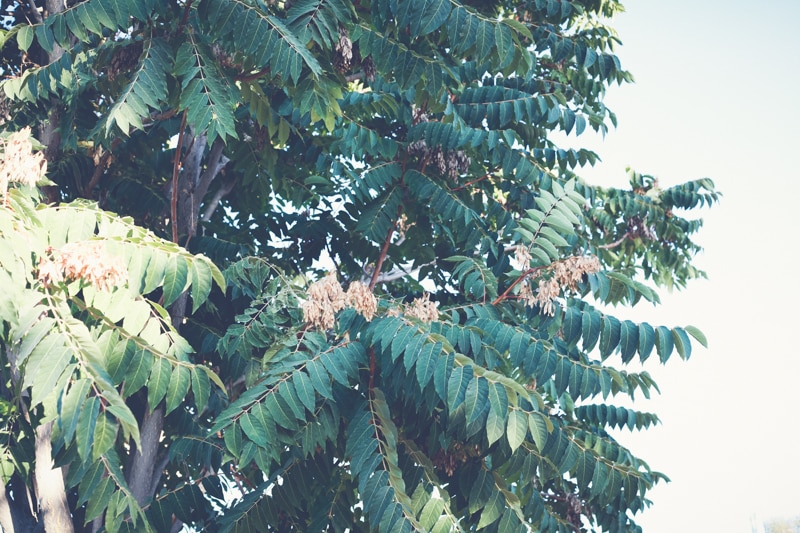
The tree-of-heaven! It has the most divine name, but don’t be fooled — it’s no angel. Originating from Asia, the tree-of-heaven is also known as Ailanthus altissima, or ailanthus for short. In urban areas where it be found growing in sidewalk cracks or along buildings, it has been dubbed the ghetto palm. Some may even call it the more appropriate name — the tree-from-hell. This is a tree that is notorious for evoking anger in any property owner who has even the most minute concern for their landscape. It’s a tree whose name you search on the internet, only to find an exhaustive list of negative articles that go on and on about how bad this tree is.
Why would one tree receive so much hate? The tree-of-heaven is practically a weed in tree form! Like a weed, you don’t need to plant them, they just pop up. And they keep popping up and taking over — unless proper protocol is taken. This tree species truly embraces the characteristics of an invasive plant. It spreads easily, grows quickly, pushes out the already existing plants, and is one of the hardest trees in San Diego to control. If left to unmanaged, it can quickly end up creating a widespread thicket that trumps over all other vegetation, thanks to its vigorous reproductive nature and toxic nature that inhibits the growth of other plants in its surroundings — sort of like the neighborhood tree bully.
At first glance, a mature tree-of-heaven, when manicured, can actually present itself as a good-looking tree that exhibits a tropical feel. It looks very similar to the mimosa silk trees that are as common in Hawaii as eucalyptus trees are in San Diego. It’s easy to envision the tree-of-heaven nestled among a handful of palms and some giant white bird of paradise plants at a beach resort. However, that would never happen because 1) we have never met anyone who intentionally planted a tree-of-heaven on their property and 2) no high-end resort or property would ever want this tree as part of their ornate landscape. To find a tree-of-heaven that has actually been trimmed is EXTREMELY rare. Most just end up growing wild and messy. As a tree service company, we typically find the tree-of-heaven growing in industrial or commercial properties where meticulous landscaping isn’t exactly high on the priority list. It is also common to see them on residential properties where an unfortunate homeowner thought they were bestowed with a free tree that sprouted up out of nowhere. So they let them grow, only to continue seeing more and more little trees spring up within a couple of years.
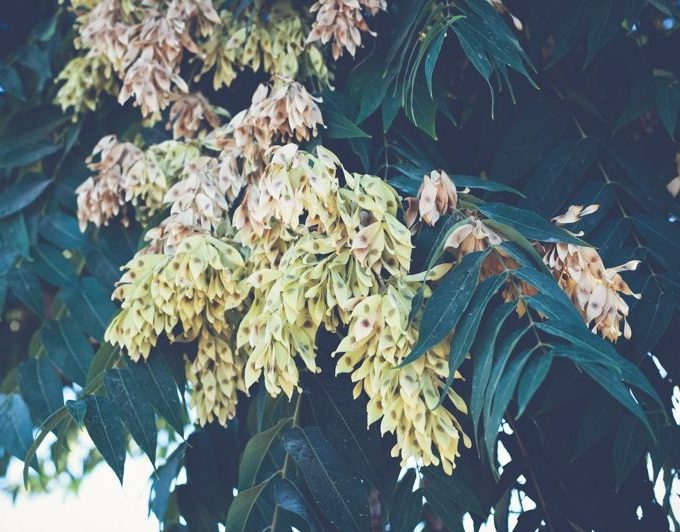

Tree-of-heaven cluster growing in a commercial property
Identification
The tree-of-heaven grows tall with a widespread, draping canopy of dark green leaves and pale brownish-pink clusters of what looks like flowers, but are winged seeds. It is similar in appearance to a few common ornamental trees in San Diego that also have the same pinnately compound leaf structure, such as the black walnut tree and Tipuana tipu. But there is an easy way to discern if it indeed is the tree-of-heaven. This is a tree that loves family! It is typically found in family clusters or colonies where there is a full-sized mother tree with her little baby trees in close proximity — and in systematic line, nonetheless. Sometimes a young tree-of-heaven can be found discreetly nestled among other trees and plants, and sure enough, if you look around, a mature tree can be found just a few houses down the street.
Mature trees can reach heights of 60 to 80 feet and are identifiable by their long pinnately compound leaves that can grow up to 4 feet long. These leaves have a central stem and two rows of 2- to 7-inch dark green pointed leaflets. The leaflets are fairly large with smooth edges, and when crushed, they give off a faint smell that some describe as 1) a mixture of citrus and skunk, 2) burnt rancid peanuts, or even 3) cat urine. If you spot one of these trees and are feeling adventurous, you can give its foliage a sniff, and see what you think. Citrus-y skunk? Burnt peanuts? Or cat urine?
The bark of the tree-of-heaven is light brown to pale grey when mature, and has grey branches that are smooth with raised dots which later mature into fissures. In the warmer months, yellowish-green flower clusters appear. But these flowers aren’t your typical blooms that you would want to add to a pleasant-smelling bouquet. They— just like the leaves — smell horrible!
Reproduction
The tree-of-heaven possesses a prolific nature and a tenacious survival attitude. It has the potential to cast out over 300,000 seeds annually that are brilliantly designed to fly. Each seed is conveniently tucked inside a winged seed pod called a samara that can easily travel long distances with the wind. But even with the millions of tree-of-heaven seeds that get dispersed throughout San Diego each year, they aren’t even necessary for propagation. Established trees also covertly shoot out lateral roots (roots that grow horizontally), which push out new sprouts down the line. That’s why you will typically find tree-of-heaven clusters growing in a straight line. If left unmanaged, these new sprouts rapidly grow into full-size trees with absolutely no human care. And even if the mother tree is cut down, these youngsters can still survive and thrive — even in the middle of a San Diego drought.
Adding to its aggressive reproductive nature, the tree-of-heaven also has the capability of dominating an area by inhibiting the growth of other plants. Present on all parts of the tree, but strongest on the bark and roots, is a toxic allelopathic chemical, called ailanthone, which poisons other neighboring plants or any new seed looking to join the neighborhood. In some studies, ailanthone extracted from the tree-of-heaven was even able to kill 100% of certain plant seedlings. I guess you could describe this species as an introverted passive-aggressive.

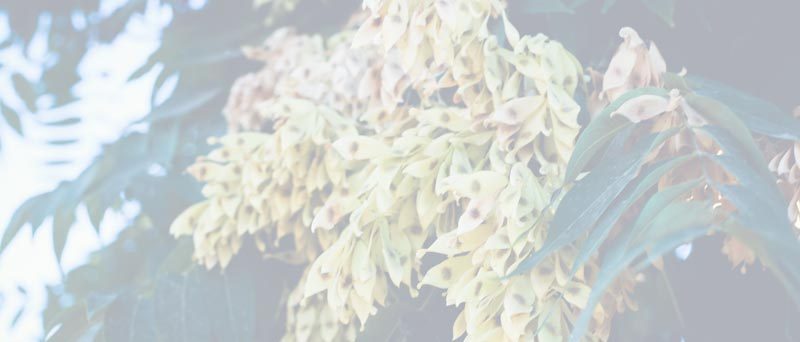
Management
While the tree-of-heaven may be surrounded by a plethora of negative attention, its resilience and refusal to go down without a fight is worth applauding. The tree-of-heaven has an amazing capability of survival. Unlike most trees you see around San Diego, if you mess with this tree, it fights back. No, it doesn’t slap you with its branches, but if you cut it or injure it…it knows! And in a survival response, it shoots out dozens of lateral roots underground to help “pass down the family genes.”
If you noticed that you have one of these “bad boys” creeping into your property, what do you do? Have no fear. There are methods to controlling them…which is just a nicer way of saying…annihilating them. Do not attempt to remove it yourself. The only exception would be if it is a brand new sprout that is the first of its kind in the area. If other tree-of-heavens are close by, pulling out a baby sprout would be pointless, because underneath is already an intricate root system that will simply replace what you took out.
The problem with attempting to remove a tree-of-heaven like a “normal” tree lies in the roots. You can take out the mother tree along with the stump, but in a few months, you’ll just see her little saplings lurking through the ground. Pull them out, and then a few months later, what do you know? More mini clones popping out from the ground! For the property owner, it’s a frustrating ordeal.
In order to successfully remove a tree-of-heaven, herbicide must be used to first kill the tree. However, this should be performed by a professional tree service company since a strong herbicide has to be used in order to effectively kill the tree. If other plant species are present, then extra precaution must be taken in order to avoid poisoning neighboring plants. Once the tree has deceased, the removal process can continue as normal.

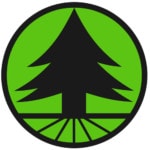
IN NEED OF A TREE-OF-HEAVEN REMOVAL?
Contact LC Tree Service today to set up a free on-site consultation. Serving all of San Diego County.
The post SAN DIEGO’S MOST ANNOYING TREE first appeared on San Diego Tree Trimmers – LC Tree Service.
7 Signs You Need to Call a Tree Surgeon
7 Signs You Need to Call a Tree Surgeon!
What if it was already too late for your favourite tree?
A good tree surgeon can help you take care of your trees and make sure that your garden looks amazing. Unfortunately, many homeowners do not know they need to call a professional until it is way too late.
To protect your trees, you need to properly understand the warning signs. Keep reading to discover the seven signs that it is time to call a tree surgeon!
1. Dead Branches
If you are wondering whether you need to call a tree surgeon or not, then you are probably driven by a simple question. How, exactly, can you tell if one of your trees is dying?
One of the biggest warning signs of a dying tree is dead branches. A dead or dying branch will typically have a different colour than a healthy tree or branch. And it may have difficulty holding its shape.
If you are still not sure, there is a quick way to check. Pluck a small stick from the tree or a branch and then break it in two. Healthy branches will be hard to break and will have green on the inside.
2. Damage to the Roots
Another major warning sign that a tree is in danger is when there is damage to the roots. While it is true that you cannot see most of a tree’s roots, there are still a few tell-tale surface signs that let you know whether the roots are damaged.
By far, the biggest sign of root damage is when you see wilting on the tree. This is evidence that the tree is not getting enough nutrients to keep it healthy. It means that for some reason, the roots are no longer able to get what they need from the ground.
When you see wilting, it is worth calling a reliable tree surgeon. They can help to inspect for root damage and, if needed, assist with safely removing the tree.
3. Leaning Tree
A leaning tree can be another sign that the tree is dying. However, some degree of lean is perfectly natural. But if a tree is leaning much more than usual, or seems to be leaning more than 15 degrees, then you might have a problem.
Leaning trees are typically another sign of damage to your roots. And, more importantly, a leaning tree may be in danger of falling over and causing serious damage to your home or other property.
At some point, the tree may be damaged beyond repair. Be sure to call a reliable tree surgeon to see if the tree can be salvaged or needs to be removed.
4. Overgrown Branches
Earlier, we discussed how dead branches are a tell-tale sign of a dead or dying tree. Another major sign to watch out for is overgrown branches.
This usually occurs when trees are planted too close to one another. Over time, the branches grow over each other. This can cause friction that leads to rot, and then the rot may place both trees in danger.
Even if the rot does not get these trees, the overgrown branches may start to affect how much water and sunlight the trees get. You are best off at this point calling a tree surgeon and seeing if they can save the trees with professional pruning or take other measures as needed.
5. Few Leaves
Some of the warning signs on this list are milder than others. For example, a tree that seems to be lacking leaves is a major sign that you should take seriously. At the same time, you can usually fix this problem easily enough without losing the entire tree.
At times, a lack of leaves may simply be due to the weather. Changes in temperature or abundant rain may affect how many leaves you see on the tree. Other times, this could be a sign that hidden pests or even diseases are causing damage to your tree.
The season also matters. A lack of leaves is expected around Fall or Winter. But if you are seeing this in Spring or Summer, then the tree is likely experiencing problems and will need to be inspected by a professional tree surgeon.
6. Large Crown
It seems like common sense that you may need to cut a tree down if it gets too big. But do you know how to recognize when the tree has reached such a state?
The most reliable indicator is the size of the tree crown. If you do not already know, the crown is the top part of the tree (counting things like trunk, branches, and leaves).
How can you know if the crown is getting too big? If the tree is starting to block sunlight in areas that it previously had not (such as your garden), then it may be getting a bit too big for your yard. At this point, it is time to call a tree surgeon about pruning options or removal.
7. Roots Affecting Pipes or Home
We previously discussed how damaged roots are a good indicator that you need to call a tree surgeon. But another root issue is more obvious: when roots are digging into your pipes or even into your home!
This is quite natural. In its quest to seek out nutrients, the tree has sent its roots into your pipes and your home.
The good news is that you can deal with these roots without killing the tree. But it is going to take a skilled tree surgeon to preserve the tree and also keep your home safe.
Calling a Tree Surgeon: What’s Next?
Now you know the different warning signs to call a tree surgeon. But do you know which surgeon you can rely on?
We specialize in tree surgery as well as pruning, felling, planting, and so much more. To see what we can do for you and your trees, contact us today!
Article was written by Conner D.
Article Source: https://www.graftingardeners.co.uk/call-a-tree-surgeon/
Faces of Omaha 2021
Read the issue digitally here:
https://issuu.com/omahapublications/docs/00_facesofomaha_2021/10|
Following stay-at-home recommendations during the pandemic has been challenging for people, but it’s been good for their trees, said Arbor Aesthetics founders Jeff and Amy Grewe, because hanging around more means property owners are noticing that their landscaping needs maintenance.
“It’s people reinvesting in their landscape now that they have more time at home,” Amy said. “That and the fact that people aren’t spending money going out to eat, or going to a game, or going on vacation,” Jeff added. “They have more money on hand.” The company, which celebrated its 15-year anniversary in 2020, is still in growth mode. It has gained residential and business customers, and its team of certified arborists also see a lot of repeat business from a loyal customer base. “The Arbor Aesthetics experience is a cohesive one from the first phone call into the office to when the last leaf is raked up in the yard,” Jeff said.“It’s a beautiful experience because it’s so unexpectedly the way it’s supposed to be; we are professionals serving professionals.” |
How to get rid of elm leaf beetles
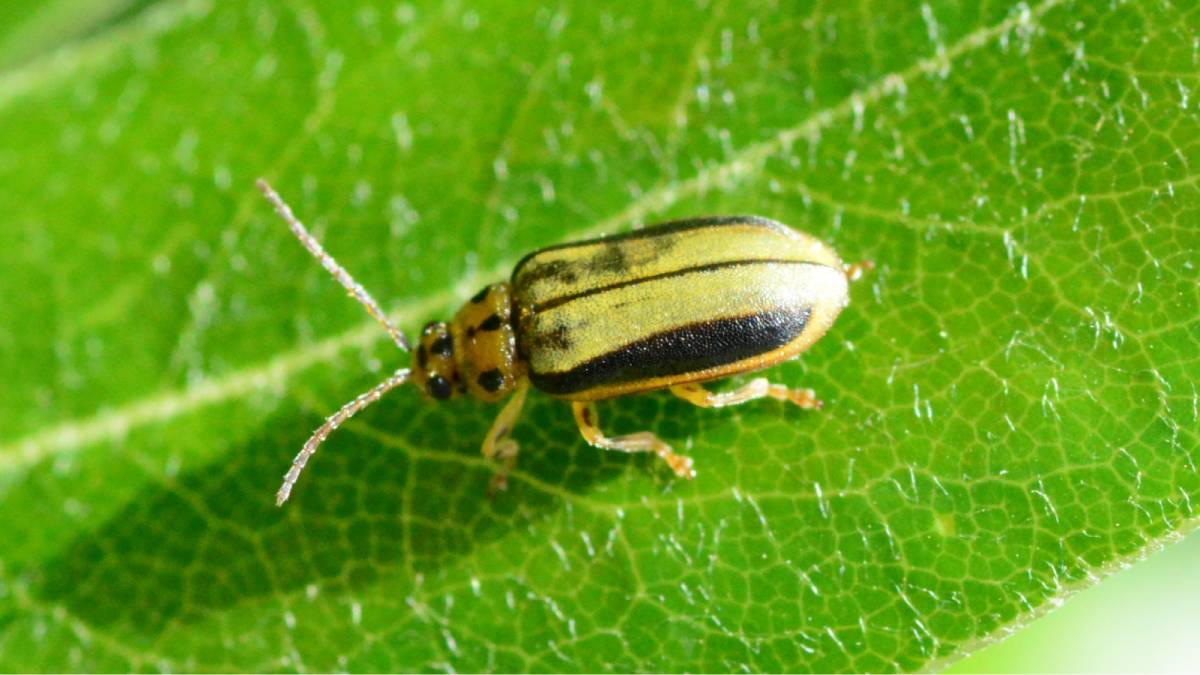
Effective elm leaf beetle treatment options to consider
Over the warmer months of the year, there are all sorts of pests and creepy crawlies that come out to play in your backyard. Aside from gobbling up some of your favourite veggies, there isn’t too much you have to worry about when it comes to pests. Some are just a nuisance. But some insect and bug species can cause serious damage to your backyard if left unchecked.
Pests like citrus gall wasps can cause serious damage to all the citrus trees in your backyard before spreading into neighbouring backyards. There are many other invasive species that can cause damage to your trees. One species that’s been causing major issues with local backyards in Australia is elm leaf beetles. Ask your local arborist or tree care expert and they’ll tell you elm leaf beetles are one of the most common tree pests in Australia right now.
How to identify elm leaf beetles
Elm leaf beetles were originally native to Europe before they were introduced to countries like the United States and Australia. Today they are now a common pest for many elm tree species. So if you have an elm tree growing in your backyard it’s best to look out for signs of an elm leaf beetle infestation before it’s too late.
Identifying elm leaf beetles in your backyard can be easy when you know what signs to look for. When larvae (baby elm leaf beetles) start to hatch they begin feeding on leaves. They start off by chewing the underside of leaves. Usually, the only thing that’s left behind of the leaves is the veins. This gives the leaves a skeleton-like appearance. This is your first sign of an elm leaf infestation.
After young elm leaf beetles have gone through their initial feeding phase they go through a pupal phase. They remain dormant until they grow to full adult size. When they emerge as adults they move up the tree and leave circular holes in all the leaves. While leaf damage may not seem that costly, what it can do is jeopardise the health of the tree’s branches. Without healthy leaves attached, the branches of your tree become brittle, die off and can even fall off.
Elm leaf beetles rarely cause enough damage to kill a tree but they should still be cause for concern. The damage they cause can leave your tree susceptible to other pests which can quickly take over and kill your tree in the process. So when you see the first signs of an elm leaf beetle infestation it’s time to act before more pests damage your tree further.
How to prevent elm leaf beetles from coming in the first place
When you first notice the presence of elm leaf beetles it’s important to assess the condition of your tree first. Your elm tree needs to be healthier in order to withstand the effects of pests like elm leaf beetles. There are steps you can take like eliminating drought stress. This involves making sure that your tree is watered on during the dry seasons.
Another way to maximise tree health is to fertilise your elm tree in late winter. Doing this enables a slow release of nutrients. Eliminating dead tree limbs and suckers (new shoots) will help your tree to dedicate more of its energy towards growing a healthier trunk and branches throughout the year. So for an effective elm leaf beetle treatment don’t forget to look after the health of your trees throughout the year.
Effective treatments for elm leaf beetle
While it’s very difficult to completely eradicate elm beetles, there are effective methods for keeping them at bay and preventing further damage to your trees. The most effective treatments for elm leaf beetles usually involves chemical application. Purpose made chemical solutions can be injected into the trunk/stem of your tree or the soil at the roots of it.
Another chemical treatment that can be used to treat elm leaf beetles involves canopy spraying. This method is better utilised for smaller and younger trees during the end of winter and early spring. For treatments like these, it’s best to check in with your neighbour. It makes more sense to treat all trees that are within close proximity of each other. This approach can help to prevent elm leaf beetles jumping from one chemically treated tree to infest another.
There are also non-chemical treatments that some tree care specialists offer. One of these alternatives is called non-chemical control banding. This method works by trapping elm leaf beetle larvae that usually try and migrate down the tree trunk. Applying this banding will help to break the natural lifecycle of the elm beetle so they don’t continue to grow, breed, and invade your tree.
Call in the experts at Daryl’s tree care
One of the biggest challenges of eliminating elm leaf beetles is knowing what type of treatment to use. The type of tree you have, the time of year, and the surrounding environment can influence the decision you need to make. There are also the challenges of using elm leaf beetle treatments safely. Chemicals and equipment can be hazardous when not used correctly.
To safeguard yourself and others it’s best to call in the experts when it comes to elm leaf beetle prevention and treatment. Here at Daryl’s Tree Care, we offer a range of elm leaf beetle treatment options. Our arborists and tree care experts can visit your property and carry out a proper inspection of all the trees in your backyard. They can safely and efficiently identify the best elm leaf beetle treatments for your trees.
If you have any further questions about our elm leaf beetle treatment options then call us today on 9897 4418.
The post How to get rid of elm leaf beetles appeared first on Daryl's Tree Care And Surgery.
Always check our latest articles at…
https://www.treesforeducation.com//category/tree-care
